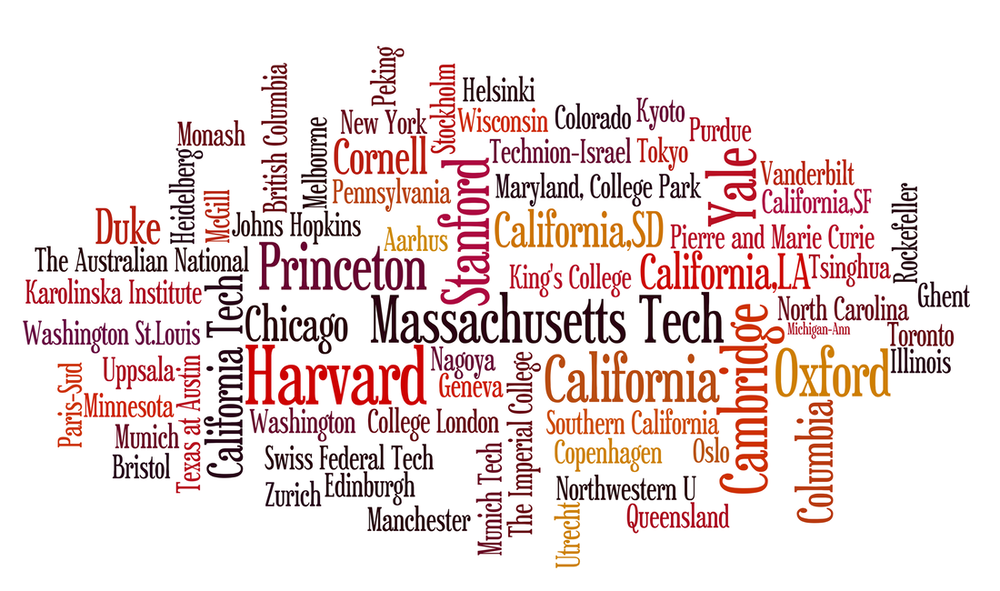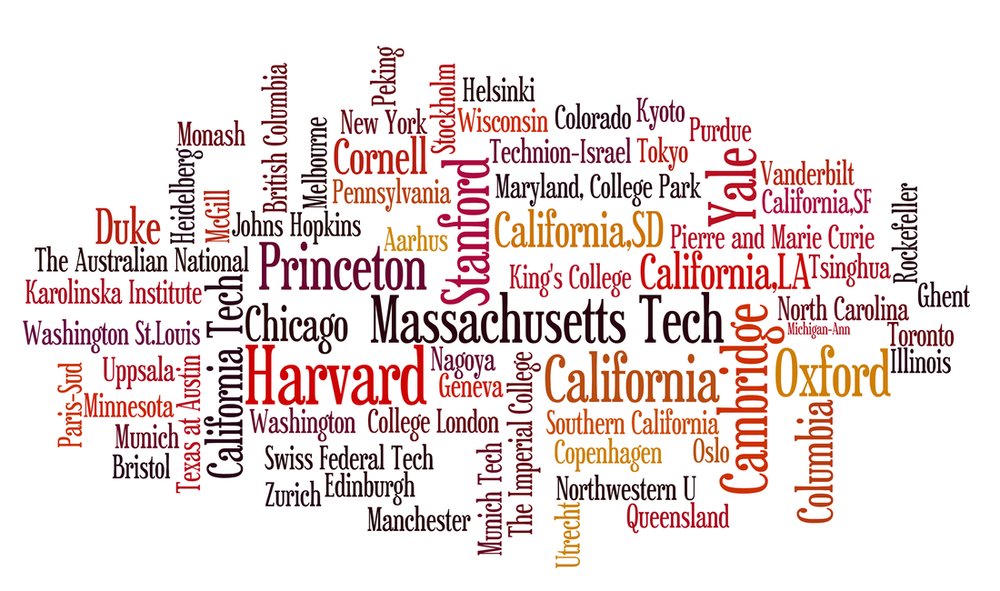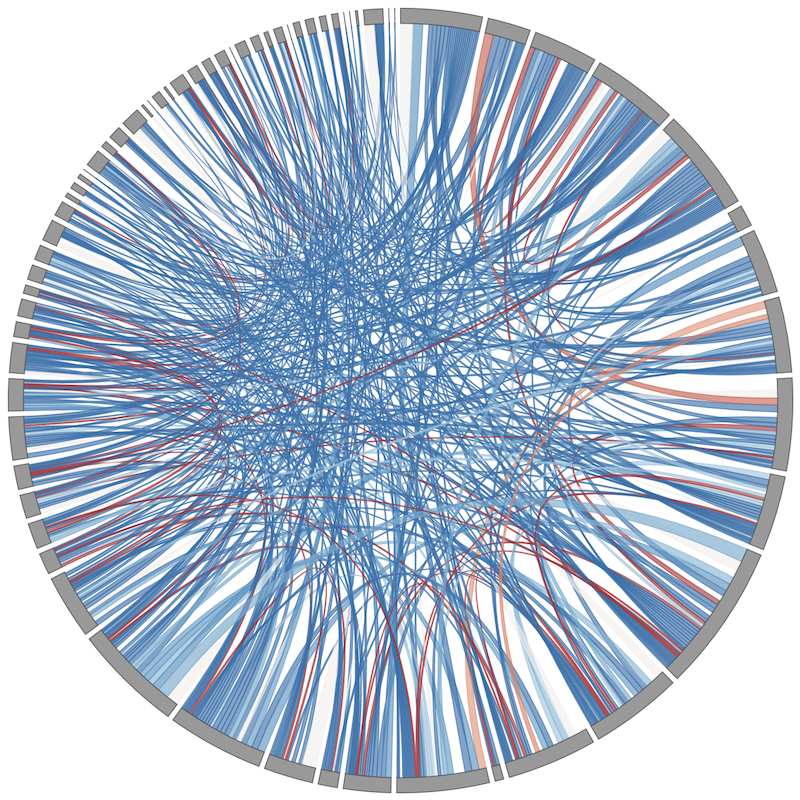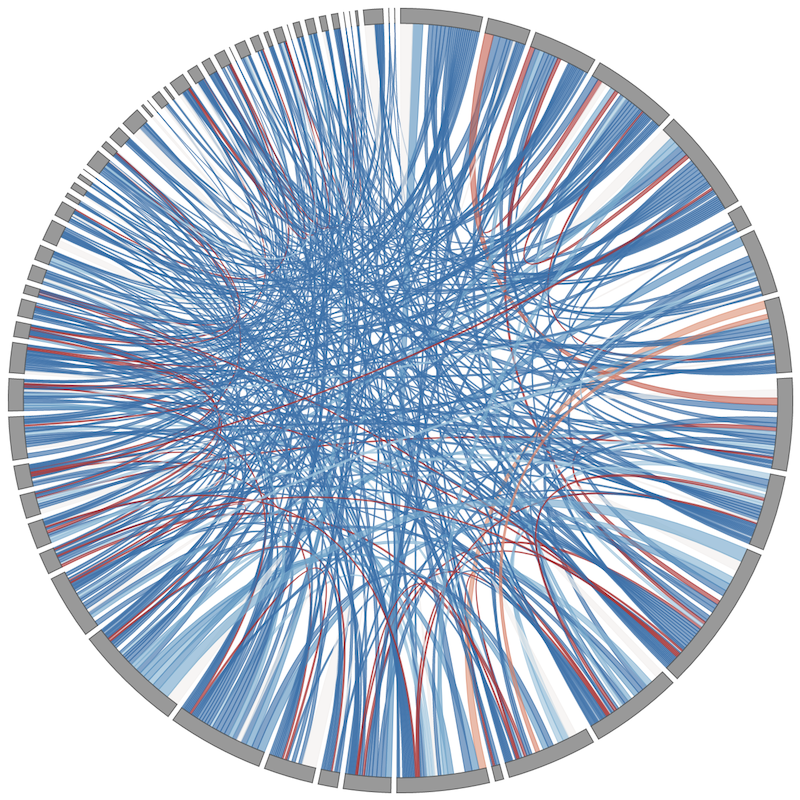Steep Hierarchies of Prestige in Academic Hiring
Universities such as Stanford and Harvard regularly top the charts of “dream” colleges, according to surveys of students and their families. And with good reason. A degree from such an “elite” institution can make a big difference in future success. But is this advantage the result of merit or the consequence of prestige bias? A recent study focused on academic careers offers food for thought on this question, showing that 80% of all US academics trained at just 20% of its universities [1]. The study, led by Hunter Wapman and Daniel Larremore of the University of Colorado Boulder, offers the most comprehensive analysis to date of the US academic system—tracking the careers of almost 300,000 professors from over 10,000 university departments. The results paint a startling picture of academic inequalities that deserves further scrutiny, the team says.
Wapman, Larremore, and their colleagues analyzed a decade’s (2011–2020) worth of data on the career paths of tenured and tenure-track faculty at hundreds of US PhD-granting institutions. The team’s objective was to provide a quantitative analysis of the impact of various factors on academic hiring and retention. These factors included the prestige of the institution from which a professor graduated, the gender of an individual, and the country in which an academic carried out their doctoral training.
Similar analyses have been carried out before, but typically relied on snapshots of data from a single year and often focused on just one field, Larremore says. An accurate analysis, however, must consider when people join and exit faculty ranks and from where those people come—information that Larremore and his colleagues extracted from their decadal dataset. By just looking at single-year snapshots, “we would have gotten many things wrong,” he says.
The team found that 80% of the US’s tenure-track faculty earned their doctoral degrees at 20% of the country’s PhD-granting institutions, with five universities—the University of California, Berkeley; Harvard University; the University of Michigan; the University of Wisconsin-Madison; and Stanford University—training about one out of five professors. They also found that researchers who were foreign-educated and those that trained at institutions that rank low in faculty production were much more likely to leave academia in mid-career than those who trained at universities that ranked high. Another observation made by the team was a low upward mobility in researchers’ post-graduate paths, with just 5–23% (depending on the field; 10% for physics) of researchers obtaining a faculty position at an institution considered more prestigious than the one where they earned their PhD Finally, looking at gender inequalities, they found data suggesting that the last decade’s increase in women faculty comes from more men than women retiring rather than from more balanced hiring.
To quantify the inequality in the power of institutions to form academic faculty, Wapman, Larremore, and their colleagues used a statistical parameter called the Gini coefficient. This parameter—often used in economics to measure a country’s income inequality—takes on values from 0 to 1, with 0 representing a perfectly egalitarian society and 1 a maximally unequal one. Here the team obtained a value of 0.75, making the distribution of where academics are trained as unbalanced as the distribution of wealth in the world’s most unequal countries.
According to economist Giulia Rossello of Sant’Anna School of Advanced Studies in Italy, the new study has “tremendous value” because of its scale. The study provides a systematic analysis of “data that pretty much represent the entire US academic universe,” she says. Rossello expects that the results will spark studies into the causes of the observed inequalities, in particular, of the high mid-career dropout rates for scientists that aren’t white and male, and that didn’t study at a top US university. Surveys looking into the personal factors that go into an individual’s career decisions may shed light on these aspects, Wapman says.
The team says that their study cannot pinpoint how much of the hiring inequality come from prestige bias and how much from differences in merit of the faculty. “That’s a really tough question to answer,” as a meritocratic system will also produce centers of excellence that form more faculty, Larremore says. But he adds that such clear and universal inequalities must be understood. He suggests that controlled trials—much like those carried out to scrutinize the fairness of peer review—could help assess the situation and design interventions. “We are scientists, we should experiment on ourselves,” he says. Wapman says that studies should next focus on the hiring process. Putting people on a track to a lifelong tenure is a high-stake decision, he says. “I would hope that we would invest in improving that process.”
–Matteo Rini
Matteo Rini is the Editor of Physics Magazine.
References
- K. H. Wapman et al., “Quantifying hierarchy and dynamics in US faculty hiring and retention,” Nature 610, 120 (2022).







